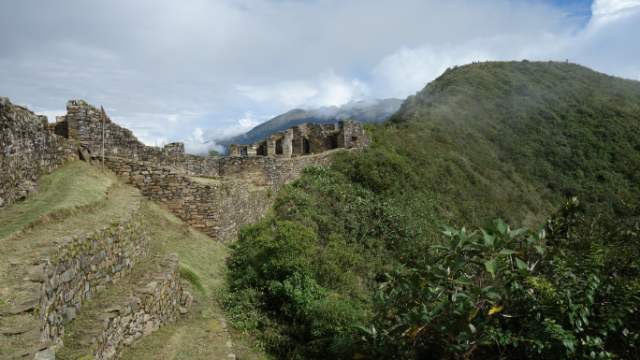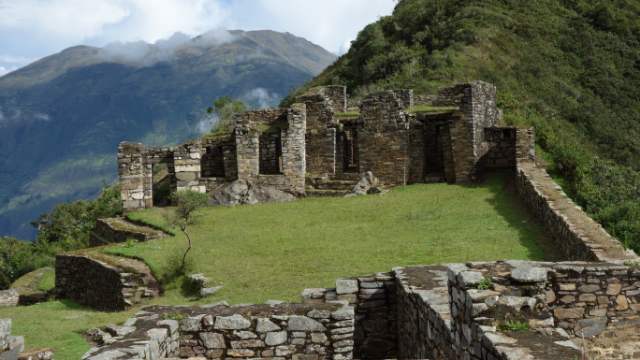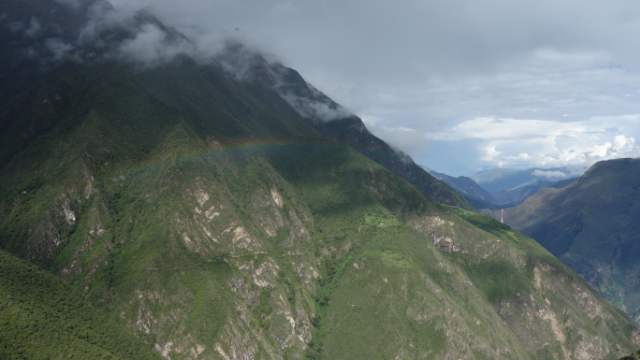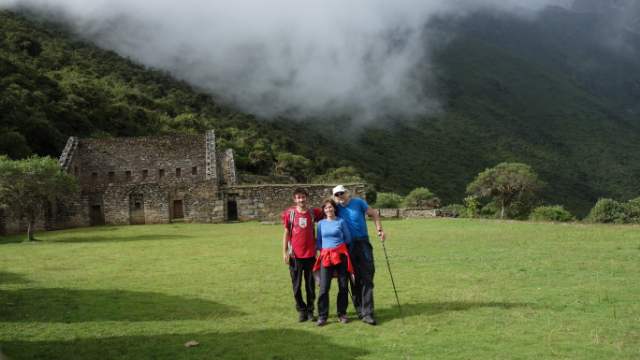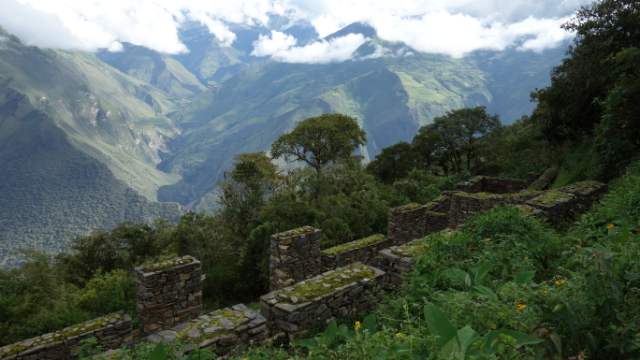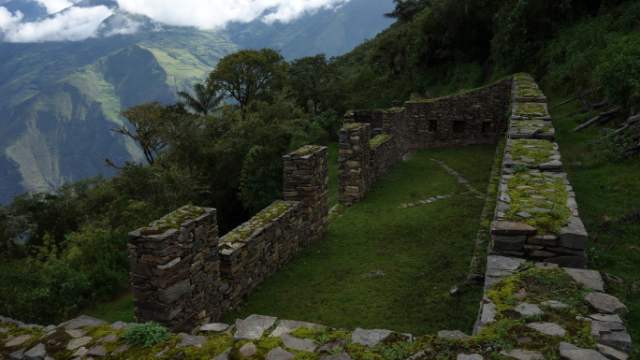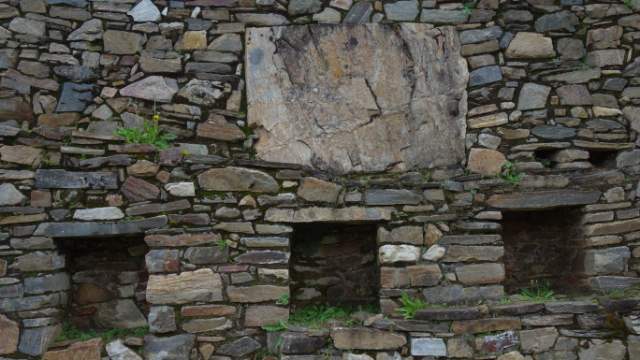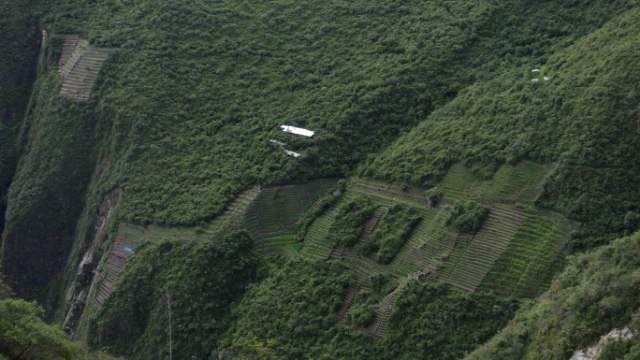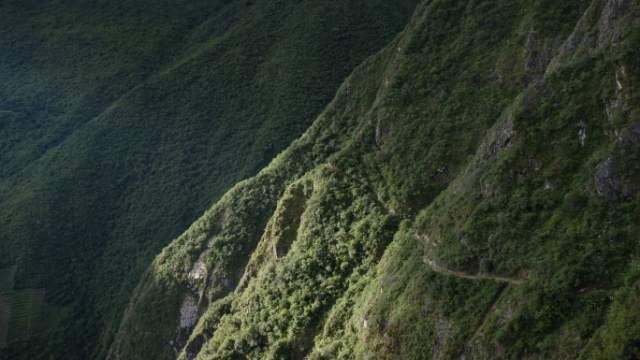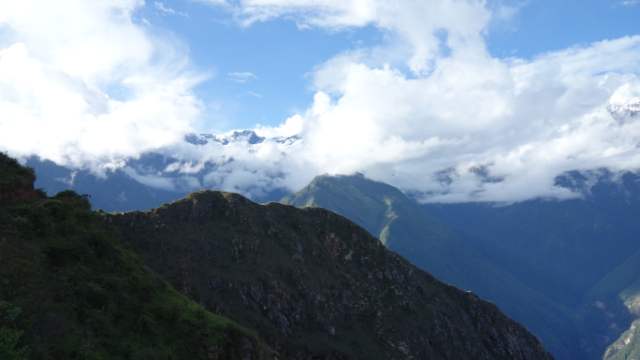Choquequirao is less visited sister site to Machu Picchu because it is much harder to get to. From Cusco, it is a 4hr bus ride, if you are carsick, this is a hell of a ride with plenty sharp curves and hills.. After that, you need to leave the bus at Ramal de Cachora, an intersection from which you need to get a taxi collectivo to Cachora (price starts at 40 soles, we bargained it down to 20). And from Cachora, it is 2 days of hiking until you get to Choquequirao. Quite a trip, that’s why almost no one goes!
In Cachora, we left unneeded stuff with a lady who cooked us delicious lunch with a maracuya fresh juice. Since the locals didn’t accept dollars, my parents couldn’t hire a mule to carry their backpacks, so we went completely on our own. We left Cachora late in the afternoon, we only made it some 10km to the end of the big dirt road, where we slept at Gladys’ who heartily welcomed us with tea and told us we can camp at her place for free. Peruvian hospitality is amazing! She was living in a rather simple shelter with her young daughter, selling food and drinks to tourists to make a living.

What makes this trek hard is the profile of the trek. You start at 3000m, then you go down 1500m in a 8km segment, where you find yourself in the lowest point of the trek by the torrential river. From there, it’s another 1800m to reach the summit of Choquequirao. As you go down, the temperature also goes up as you enter the sweaty climate of the jungle, dominated by mosquitoes.

We made it down to the river and from there, we hiked another 4hrs up to Santa Rosa Baja camping, which we chose as our basecamp. The next day, we left all of our stuff but the cameras at the camping, having 800 vertical meters to climb and 8 horizontal km to hike… I made it up to Choquequirao in about 2hrs (normal is 4!). The reward was amazing.

Choquequirao is a huge complex and you can easily spend more than two days exploring the site without knowing everything. Having hiked all the way here, the work of the Incas remains remarkable and unbelievable. It is hard to comprehend their dedication to building a city so high in the mountains and so isolated from the outside world.
There are terraces used for farming built on 60-70° slopes!! It is scary enough to stand on them, but to build them?! These terraces have to be maintained and if not, the powerful jungle quickly covers any sign of man work - I guess there might be many of these sites still undiscovered. At the bottom of these terraces, you can admire white stoned lamas built-in the terraces’ walls.
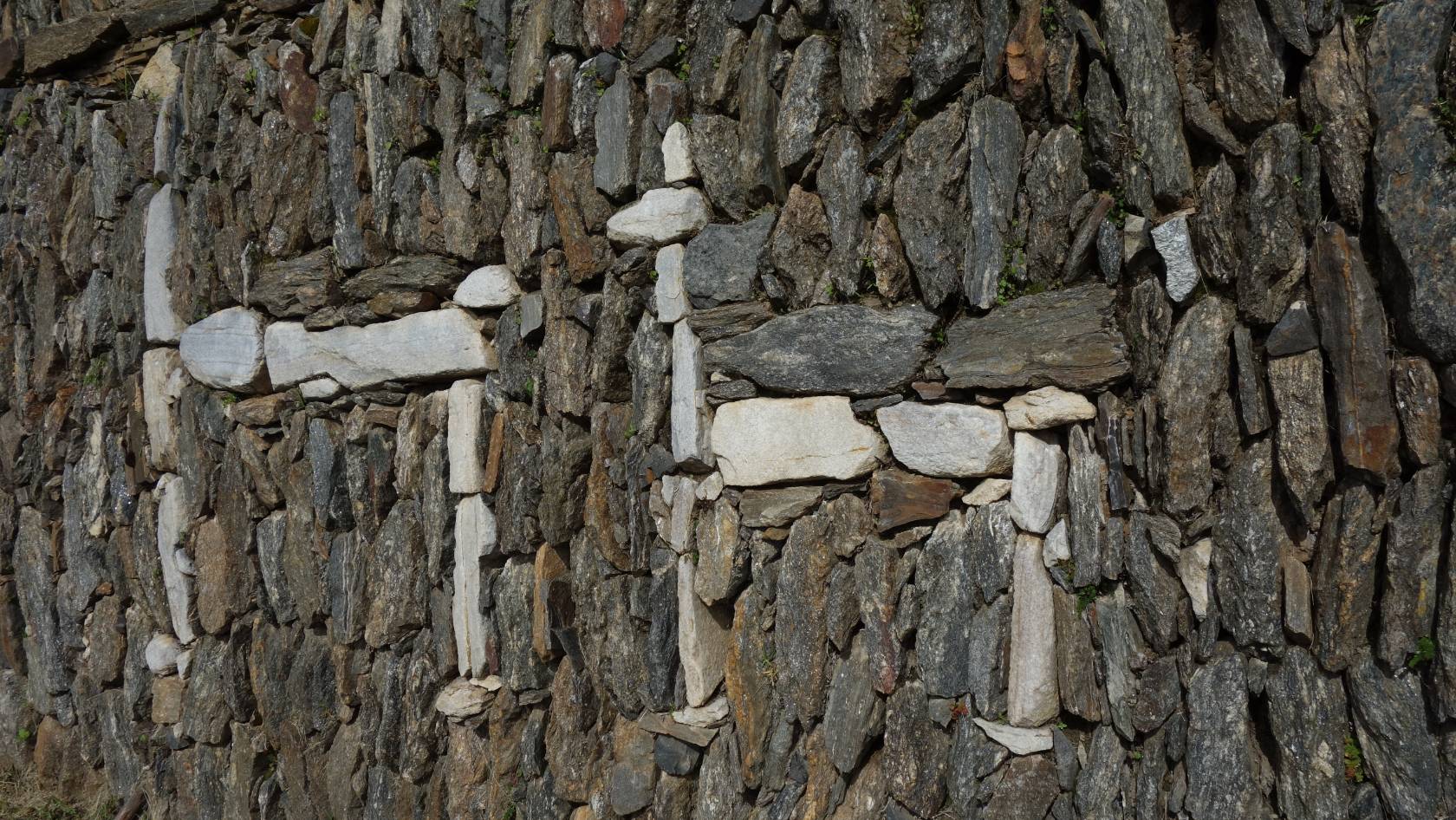
At the top of the complex, there is a main square and a few of bigger buildings. This is surrounded by smaller crops and remains of houses’ foundations. From everywhere, you can enjoy spectacular views far in the country and up the snowed mountains, shielding Choquequirao with its 6000m summits.
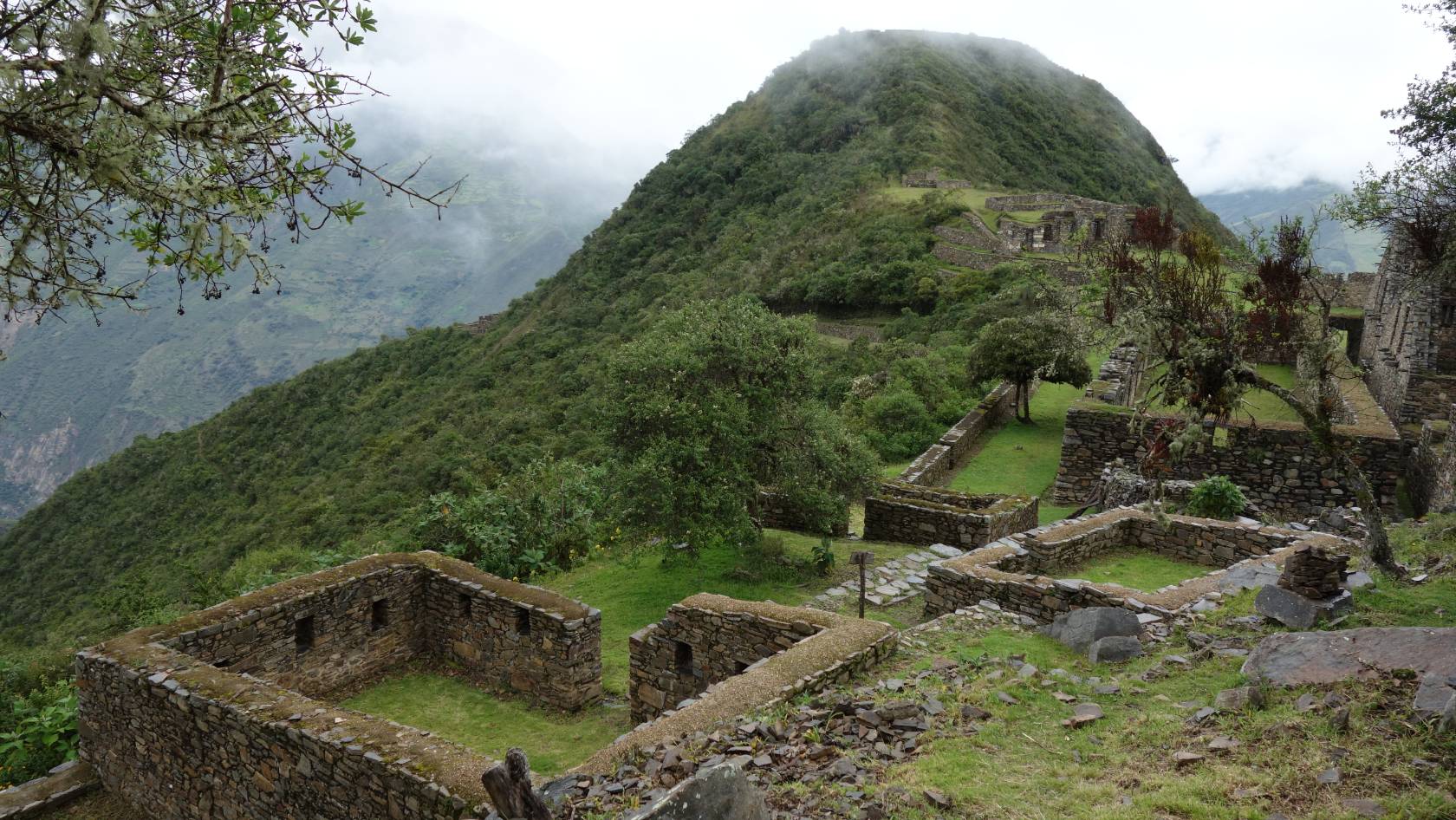
As we walked back, it was time to contemplate on what we just experienced. The walk back gives you more spectacular sceneries to admire, notably the lower town and terraces of Choquequirao, with a beautifully sunset-lit waterfall in the background.

The last town before Choquequirao is Marampata. There is quite a lot of people who live here, isolated in a similar way to the inhabitants of Choquequirao, yet in the modern context. They grow food and keep domestic animals to produce as much as they can. Yet they need to go to the city sometimes - it takes about a day and half by horse or more than two days walking to Cachora, where they buy overpriced supplies such as rice and beer/coke for the tourists. They rely extensively on mules and horses that carry all this load.
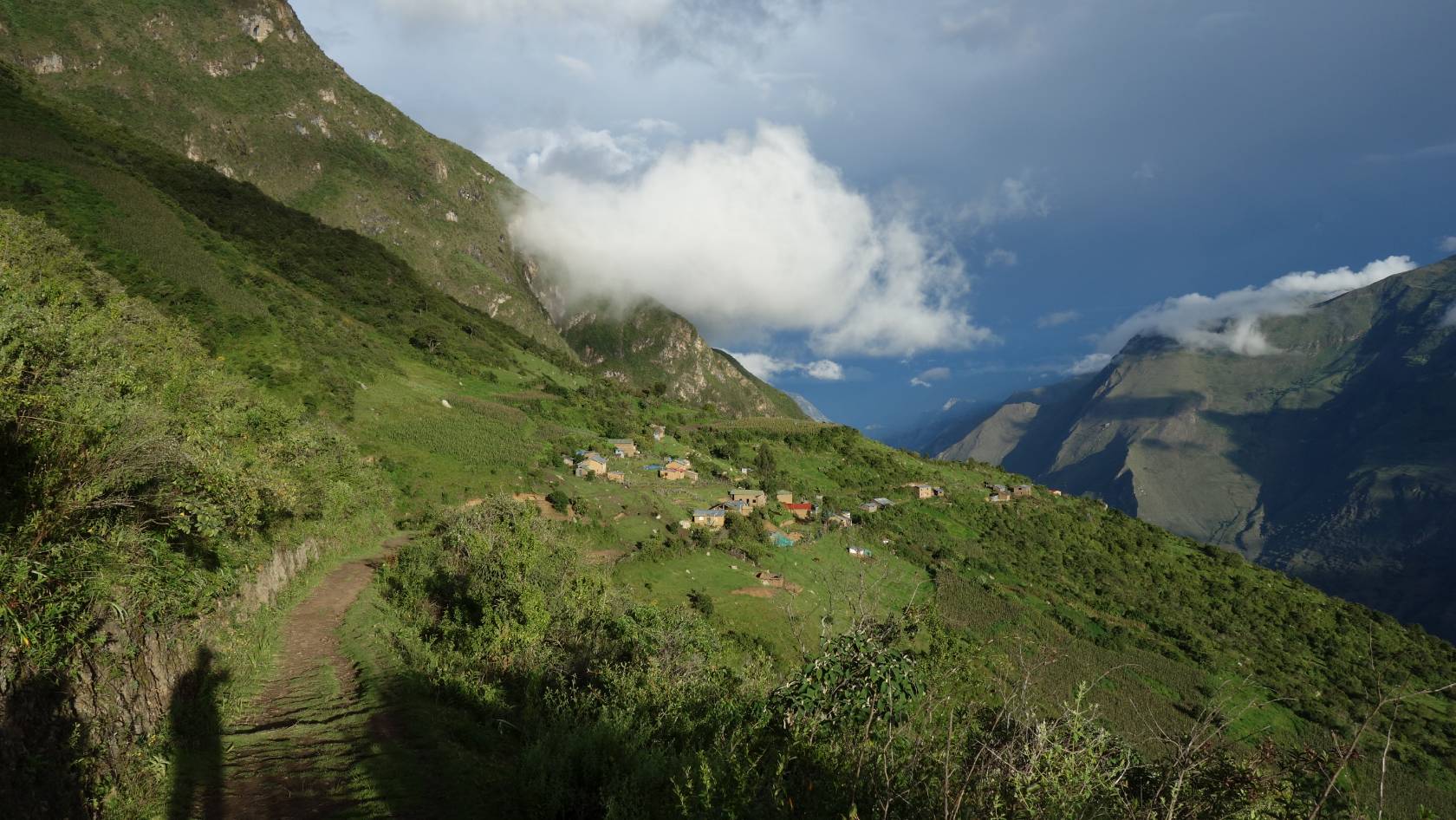
Occasionally, they need to go as far as Abancay, some 2hrs away from Cachora by car. But for these locals from Marampata, it is a huge trip! We asked where the kids from these isolated places go to school - nowhere because the closest school is 2 days away by foot. It is their parents who teach them everything. The kids, who grow up in these dwellings are very likely to continue their life in the footsteps of their parents - take care of the farm, sustain the hardship and maybe make some little money thanks to the tourists. Some bad habits of the parents, such as not brushing your teeth are replicated with the new generations as well and there are many adolescents missing a tooth or 2. Mostly, these kids will never get the opportunity to get a proper education or learn a foreign language and improve their life. Or maybe they are happy, I don’t know? Anyway, when I see this, I am once again incredibly grateful for everything my parents do for me because none of it should be taken for granted. The prospects of your future are radically different. And that’s one of the reasons why I travel, to learn, feel and cross compare my experiences with what I know from home.

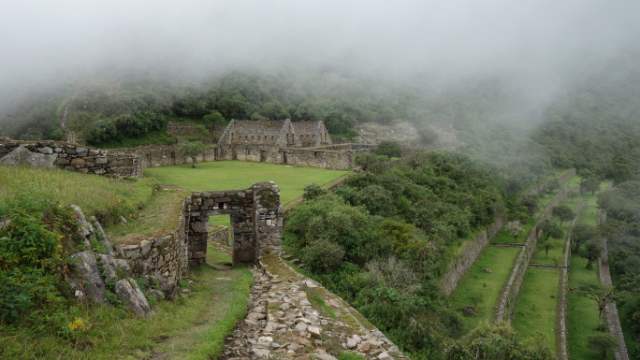
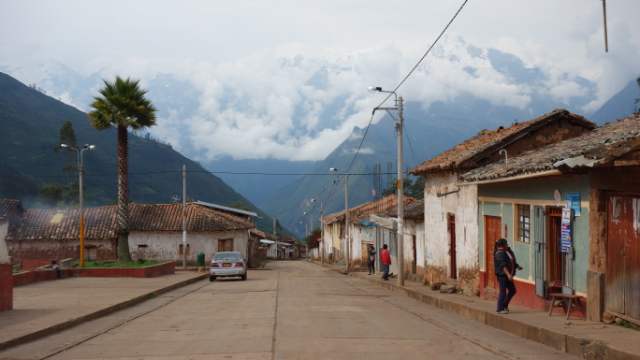
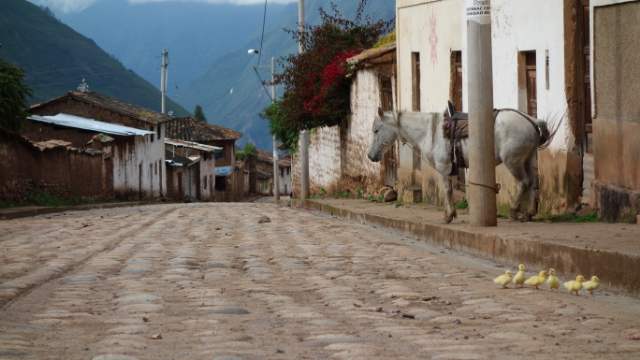
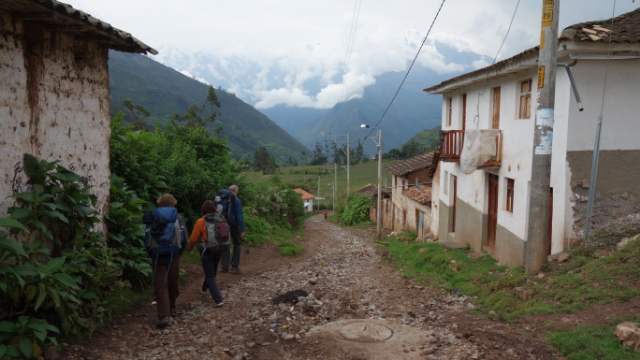
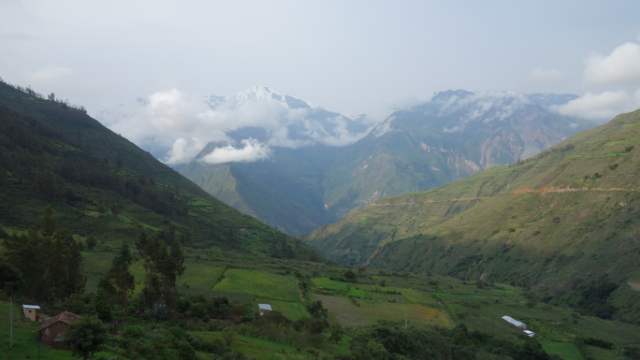

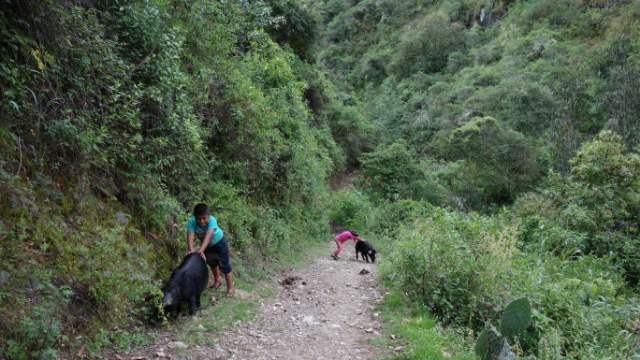



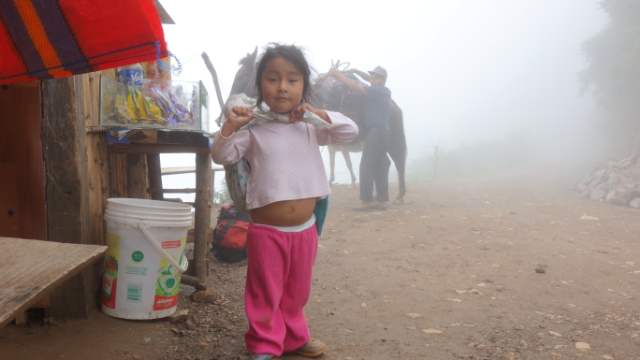
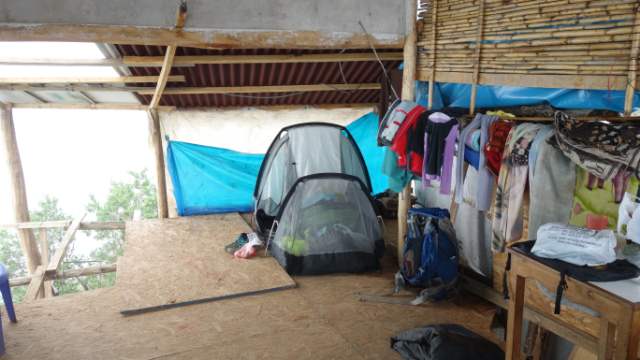

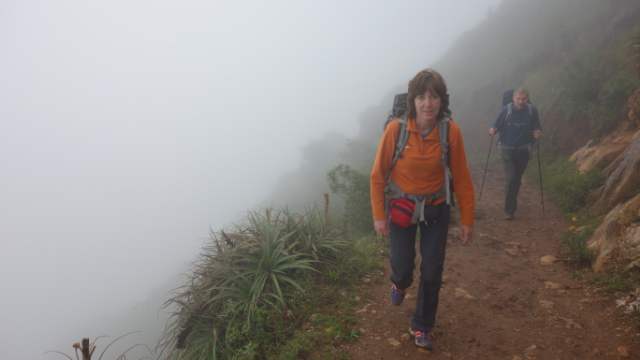

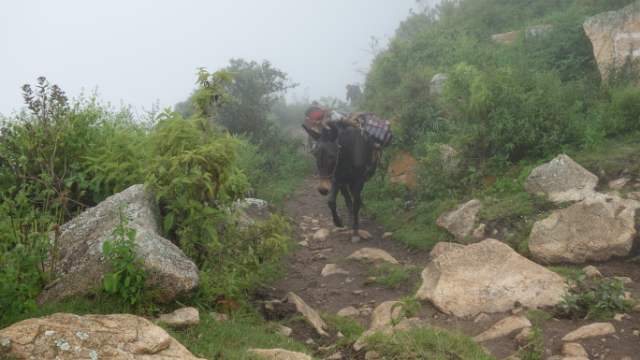

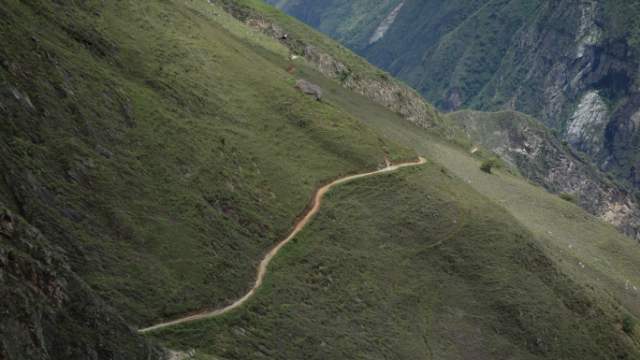
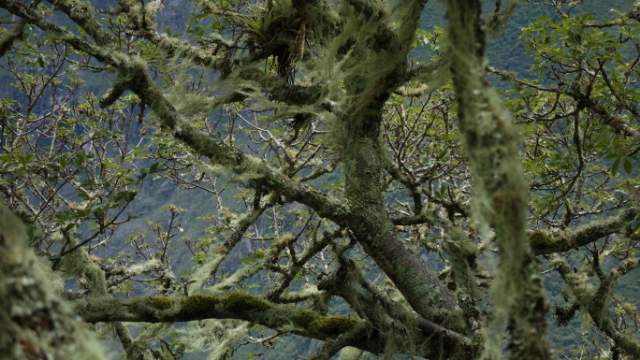
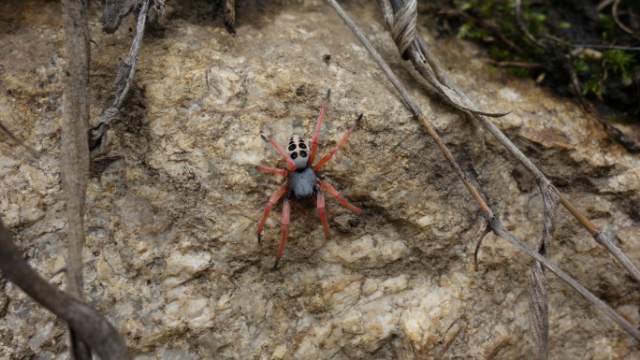
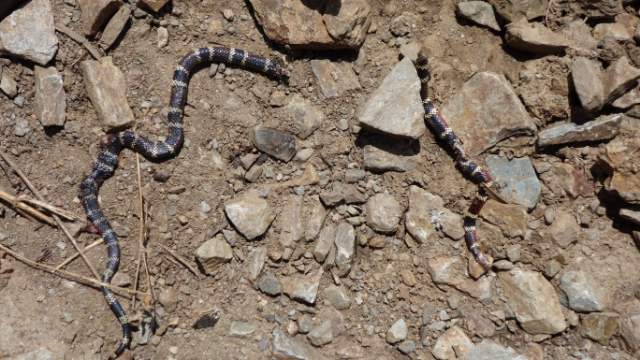

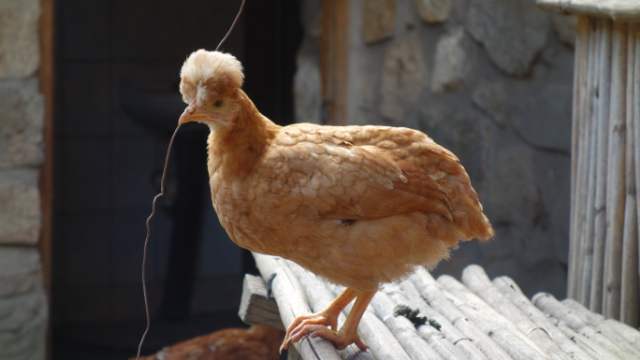

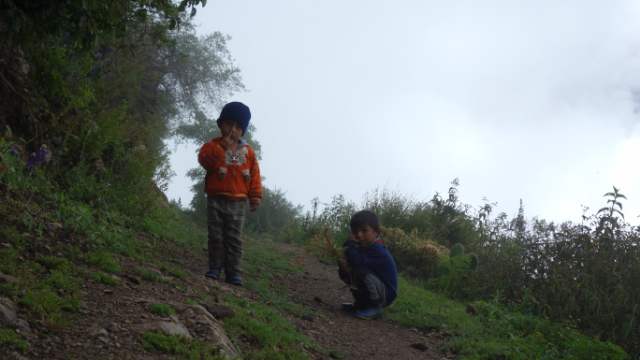
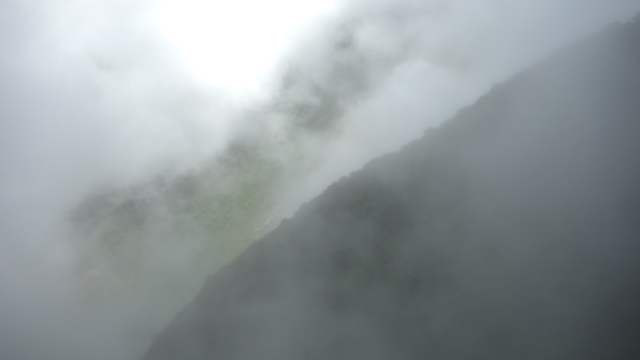
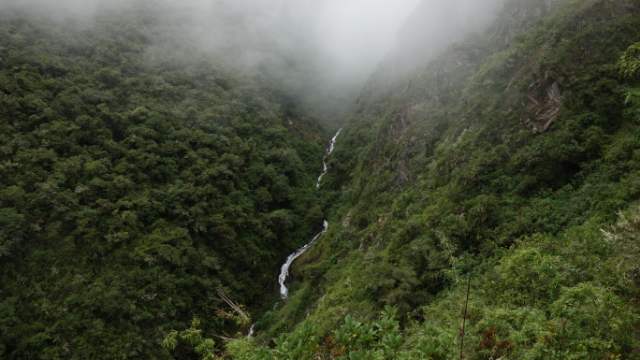
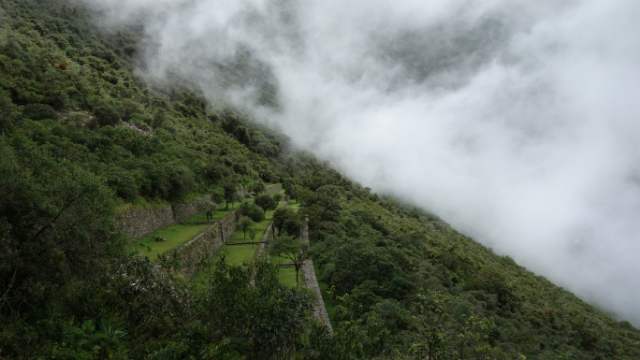
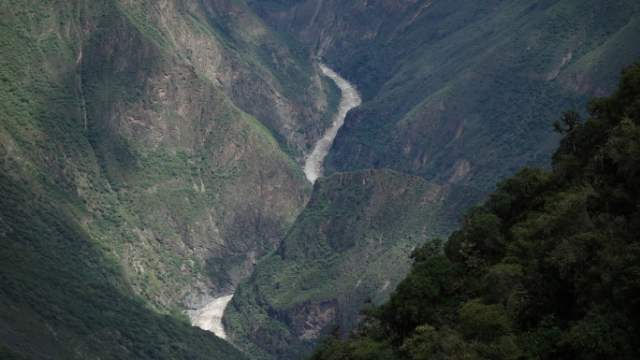


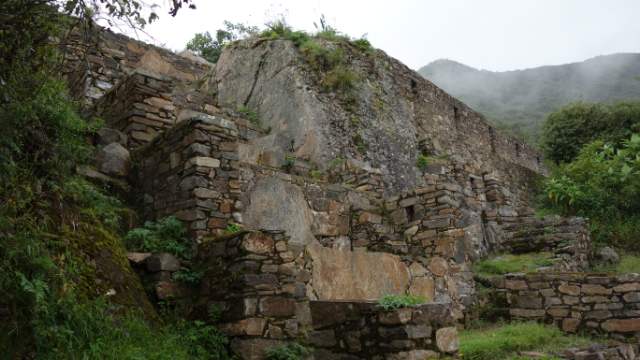
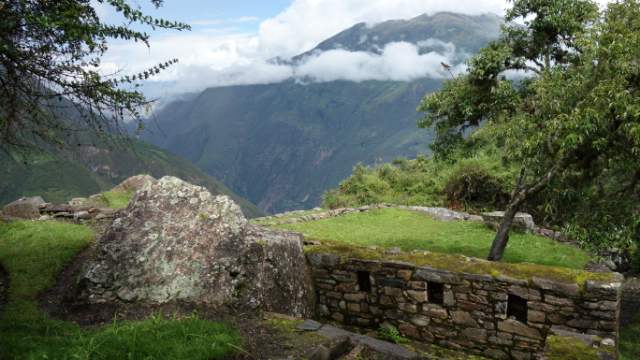
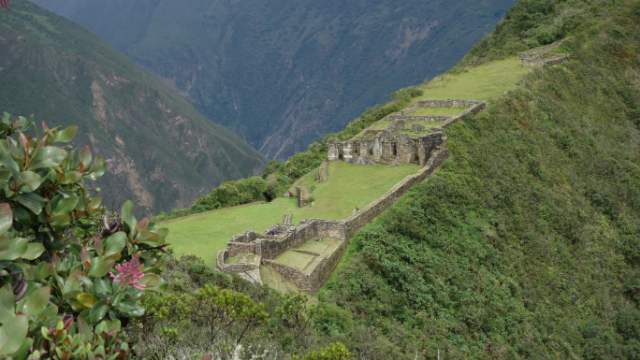
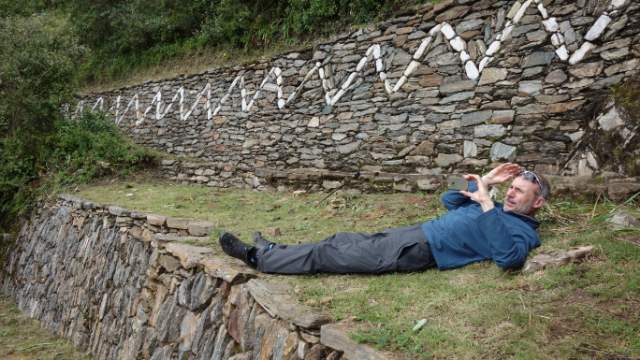
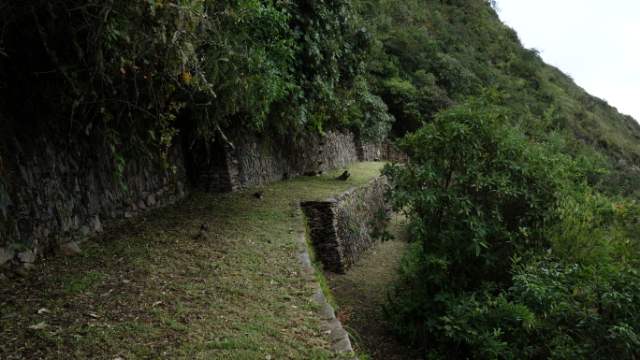
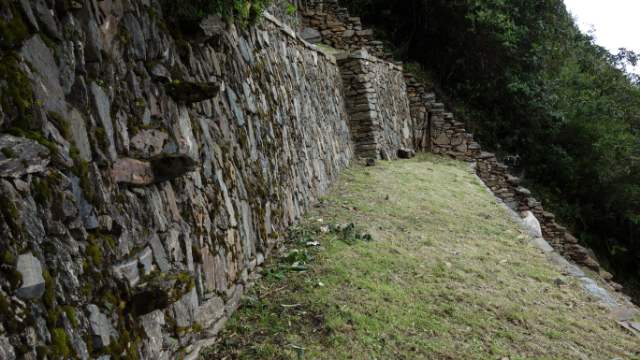

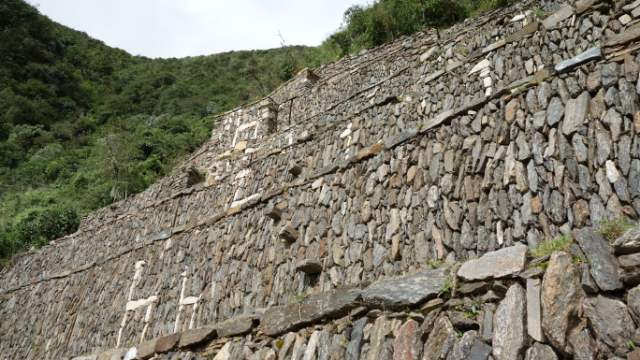
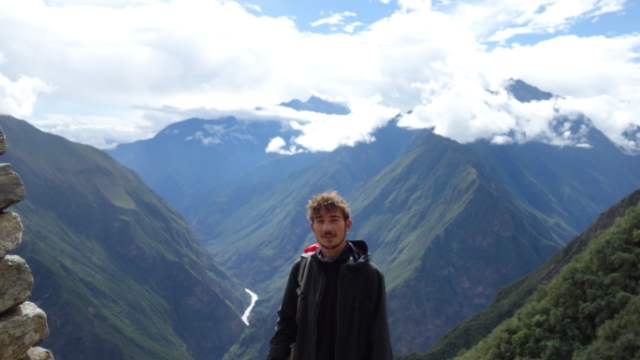

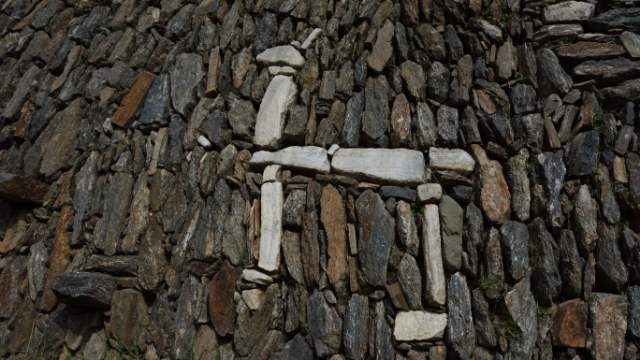
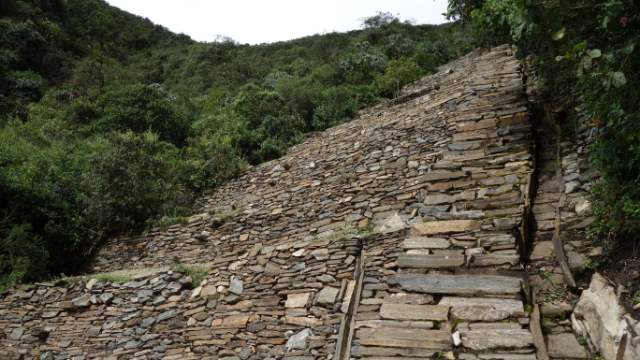
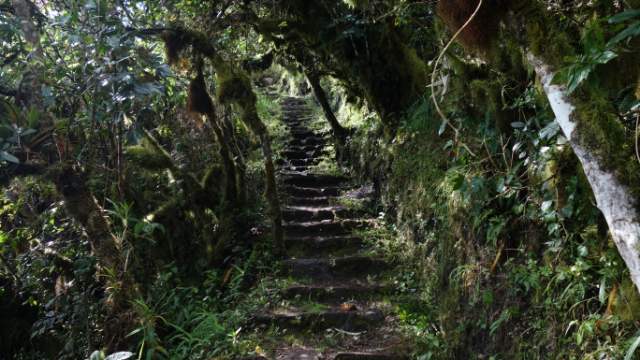
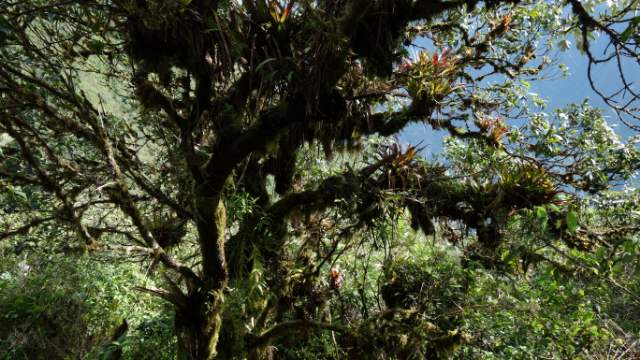
.jpg)
